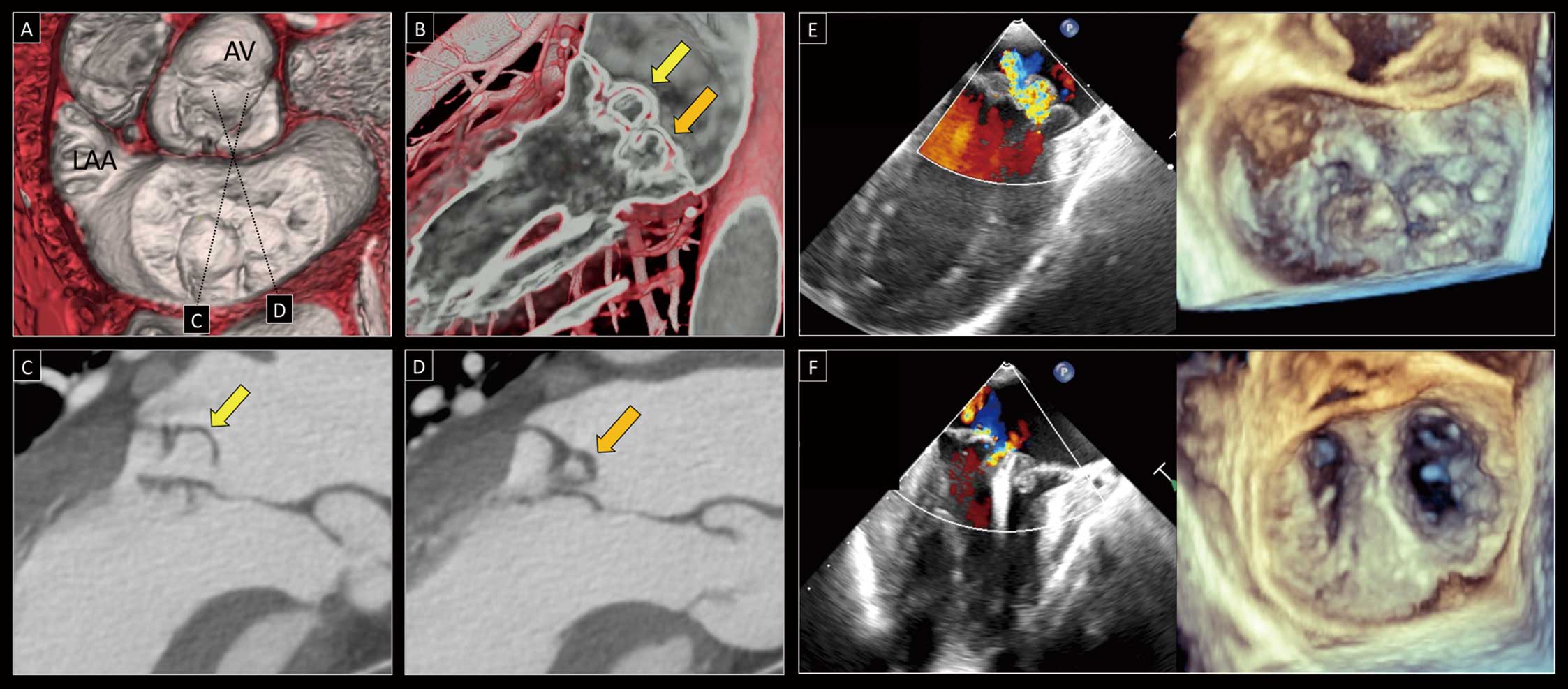- J-STAGE home
- /
- Circulation Journal
- /
- Volume 87 (2023) Issue 6
- /
- Article overview
- /
- Full view
-
Norihisa Miyawaki
Department of Cardiology, Kokura Memorial Hospital [Japan]
-
Kenichi Ishizu
Corresponding author
Department of Cardiology, Kokura Memorial Hospital [Japan]
-
Akihiro Isotani
Department of Cardiology, Kokura Memorial Hospital [Japan]
-
Miho Nakamura
Department of Cardiology, Kokura Memorial Hospital [Japan]
-
Takashi Morinaga
Department of Cardiology, Kokura Memorial Hospital [Japan]
-
Masaomi Hayashi
Department of Cardiology, Kokura Memorial Hospital [Japan]
-
Shinichi Shirai
Department of Cardiology, Kokura Memorial Hospital [Japan]
-
Nobuhisa Ohno
Department of Cardiovascular Surgery, Kokura Memorial Hospital [Japan]
-
Shinichi Kakumoto
Department of Anesthesiology, Kokura Memorial Hospital [Japan]
-
Kenji Ando
Department of Cardiology, Kokura Memorial Hospital [Japan]
2023 Volume 87 Issue 6 Pages 854-
- Published: May 25, 2023 Received: October 27, 2022 Released on J-STAGE: May 25, 2023 Accepted: March 05, 2023 Advance online publication: April 07, 2023 Revised: February 21, 2023
(compatible with EndNote, Reference Manager, ProCite, RefWorks)
(compatible with BibDesk, LaTeX)


